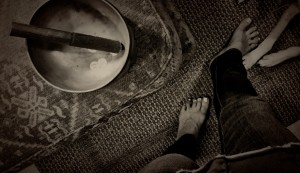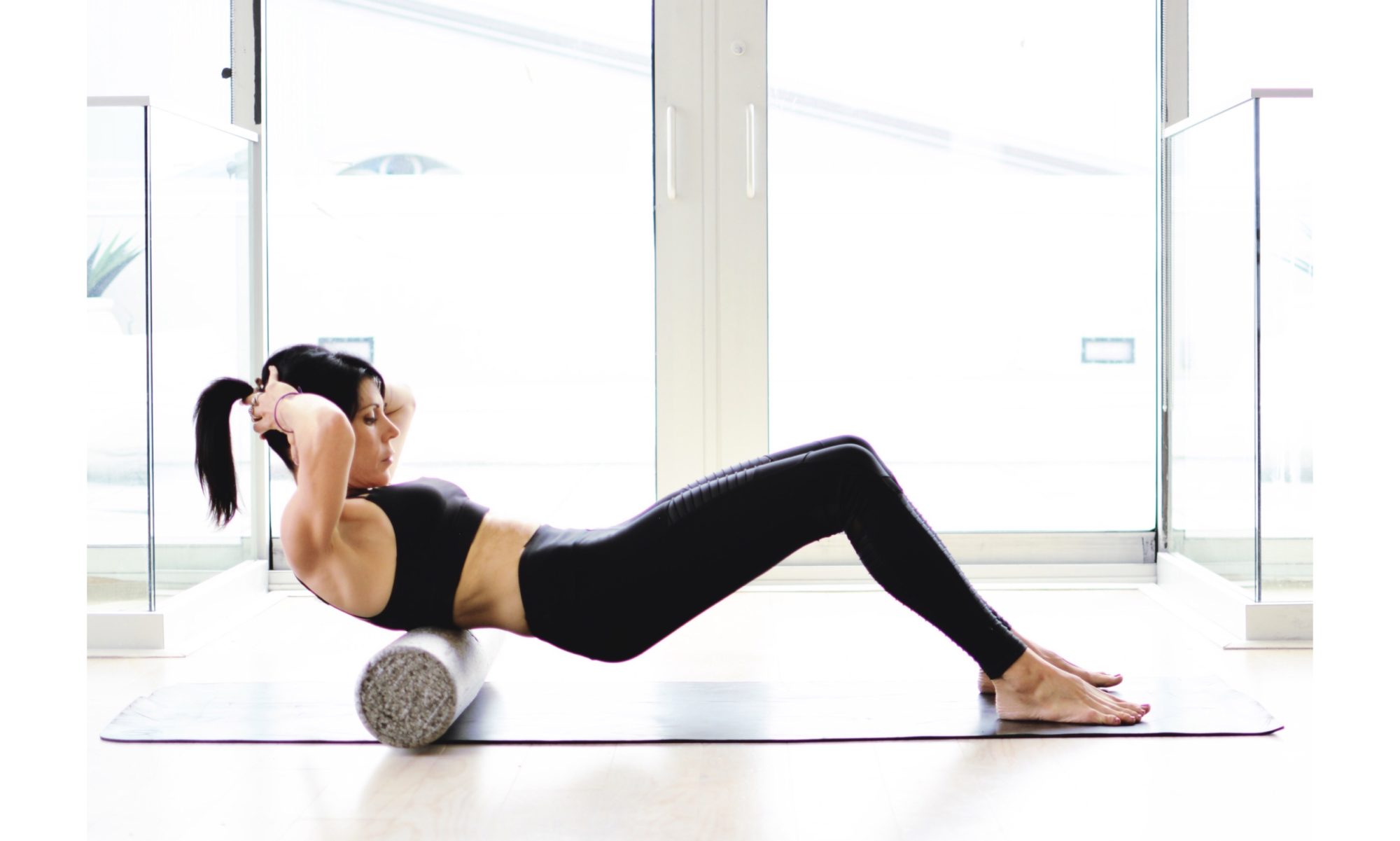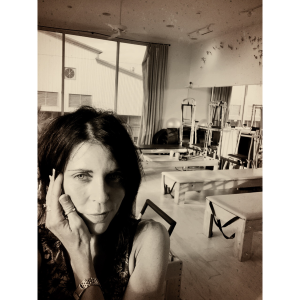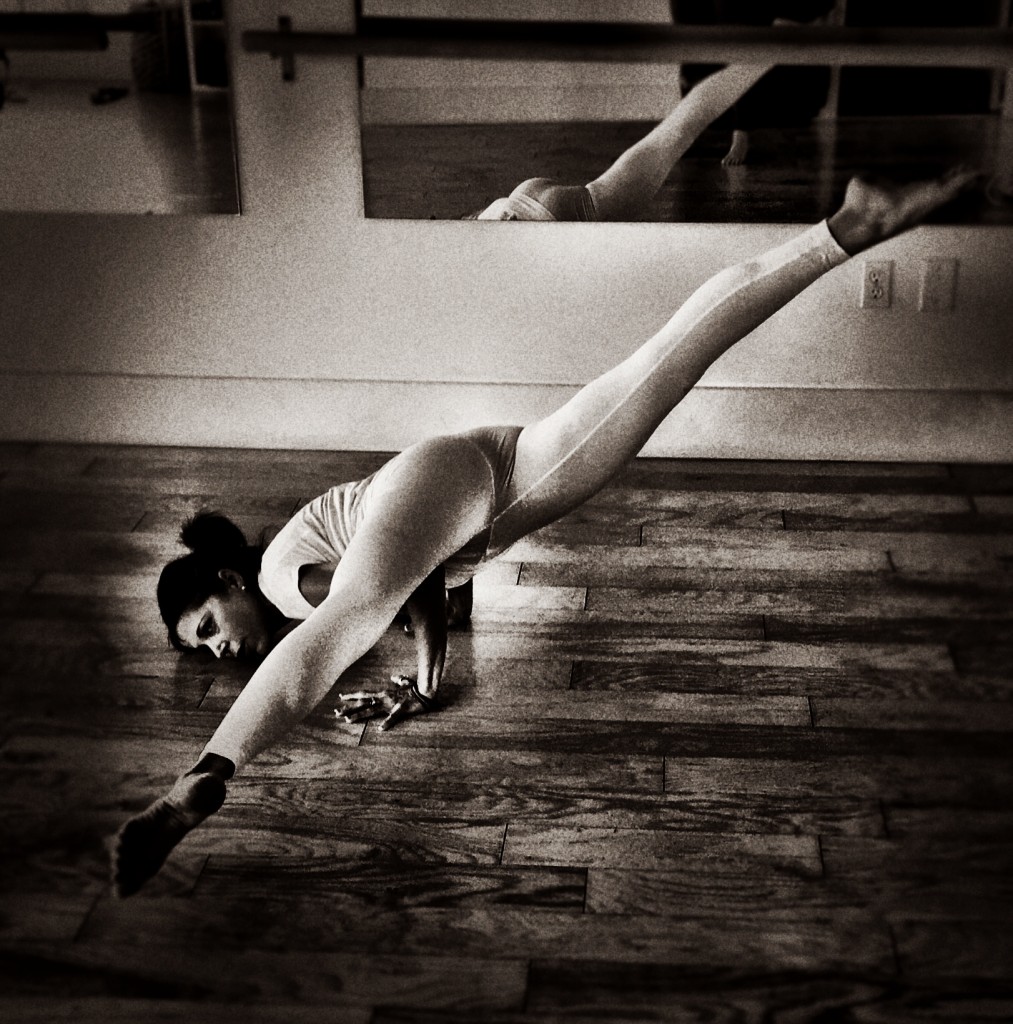
“When we pause, allow a gap and breathe deeply, we can experience instant refreshment. Suddenly, we slow down, and there’s the world.” -Pema Chodron

YOGA PILATES ROLLER

“One of the classic Buddhist teachings on hope and fear concerns what are known as the eight worldly dharmas. These are four pairs of opposites–four things that we like and become attached to and four things that we don’t like and try to avoid. The basic message is that when we are caught up in the eight worldly dharmas, we suffer.

“The Buddha taught that the mind is wild and the human experience is full of unpredictability and paradox, joys and sorrows, successes and failures. But through good meditation techniques, a simple attitude, and unconditional friendliness toward ourselves, we can work toward taming the one thing that causes our suffering: the mind.”

Abhyasa: continuous endeavor; constant practice; repetition; exercise; exertion (from A Concise Dictionary of Indian Philosophy; Sanskrit Terms Defined in English)
“And so I practice without knowing how it will all turn out. Clearly, along with clarity and faith, my commitment requires some will and effort. As Patanjali says in verse 14, establishing a firm foundation in practice requires sustained exertion over time. Commitment to practicing means I practice if it is easy for me, and I practice if it is hard for me. If I am bored, I practice; if I am enthusiastic, I practice; if I am at home, I practice; if I am on vacation, I practice. There is a saying in Buddhism: If it is hot, be a hot Buddha. If it is cold, be a cold Buddha. This is the consistency and determination in practice that Patanjali means when he speaks of abhyasa. In the beginning, this sustained exertion may be an act of will, an act of ego. But as we continue, the practice itself creates a momentum that propels us through the difficult moments of fear and boredom.”
-From Yoga Journal article, Hot Buddha Cold Buddha by Judith Hanson Lasater

Even ordinary people like us with hang-ups and confusion have this mind of enlightenment called bodhichitta. An analogy for bodhichitta is the rawness of a broken heart. This is our link with all those who have ever loved. This genuine heart of sadness can teach us great compassion. It can humble us when we are arrogant and soften us when we are unkind. It awakens us when we prefer to sleep and pierces through our indifference. This continual ache of the heart broken open is a blessing that when accepted fully can be shared with all.

Being able to stop and be aware of the present moment is part of the definition of happiness. It is not possible to be happy in the future. This is not a matter of belief; this is a matter of experience.

The Yogi conquers the body by the practice of asanas (postures) and makes it a fit vehicle for the spirit. (S)He knows that it is a necessary vehicle for the spirit. A soul without a body is like a bird deprived of its power to fly.

Solitude. When people hear the phrase “the island of self,” they often think it means they have to live alone and have to shut people and everything else out of their life. But this practice, this kind of “living alone,” doesn’t mean there’s no one around you. It only means that you are established firmly in the here and now; you are aware of everything that is happening in the present moment… To practice solitude is to practice being in this singular moment, not caught in the past, not carried away by the future, and most of all, not carried away by the crowd. You don’t have to go to the forest. You can live with people, you can go to the grocery store, you can walk with others – and you can still enjoy silence and solitude. In today’s society, with so many things around you clamoring for your attention and your reaction, the inner solitude is something you have to learn… You can dwell safely and solidly in your own island… It is because you are comfortable in solitude that you can be in communion with the world. I feel connected to you because I am fully myself. It’s simple: to really relate to the world, you have to first go back and relate to yourself.

Being able to lighten up is the key to feeling at home with your body, mind, and emotions, to feeling worthy to live on this planet.… This earnestness, this seriousness about everything in our lives – this goal-oriented we-are-going-to-do-it-or-else attitude, is the world’s greatest killjoy… When your aspiration is to lighten up, you begin to have a sense of humor. Your serious state of mind keeps getting popped. In addition to a sense of humor, a basic support for a joyful mind is curiosity, paying attention, taking an interest in the world around you.… Curiosity encourages cheering up. So does simply remembering to do something different… Anything out of the ordinary will help. You can go to the window and look at the sky, you can splash cold water on your face, you can sing in the shower, you can go jogging – anything that’s against your usual pattern. That’s how things start to lighten up.
-from Comfortable With Uncertainty by Pema Chodron

Sometimes we hitch ourselves to large but essentially empty dreams, maybe because we are so busy just getting through the day that we don’t believe we can actually live according to our deepest, most genuine desires. But the truth is that right here in our daily life, every breath and every step can become a concrete part of making our true dreams happen…. If you feel that your dreams aren’t coming true, you might think you need to do more, or to think and strategize more. In fact, what you might need is less – less noise coming to you from both inside and outside – so that you have the space for your heart’s truest intention to germinate and flourish.